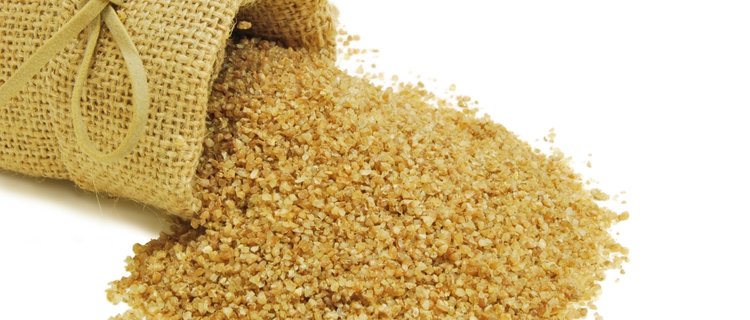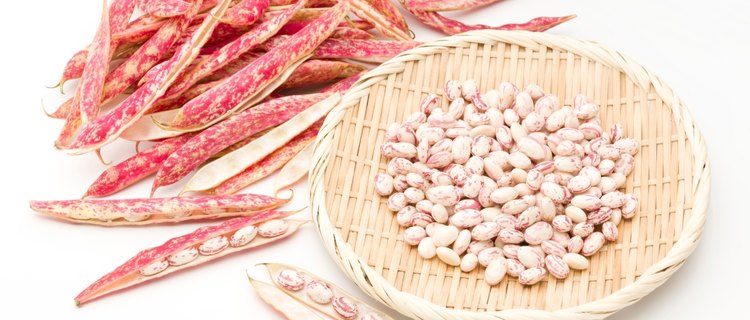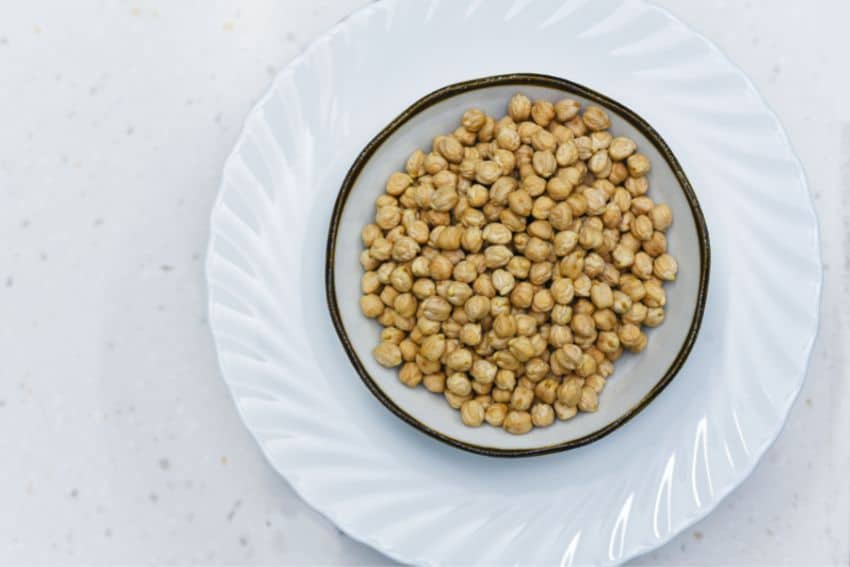Bulgur wheat has been cultivated for more than 4000 years in the Mediterranean and is quite popular there. Even though bulgur is not very known among the general population, it is a nutritious ingredient that can be used in many different dishes.
The greatest drawback is that it is not always available. It is also possible that because bulgur is a wheat-based food, it may cause reactions in people with celiac disease. If you find yourself in a situation where you need something to replace bulgur, this article is for you. This list includes the best bulgur substitutes that you can try without compromising taste or quality.
Outline
12 Best Bulgur Substitutes
1. Quinoa
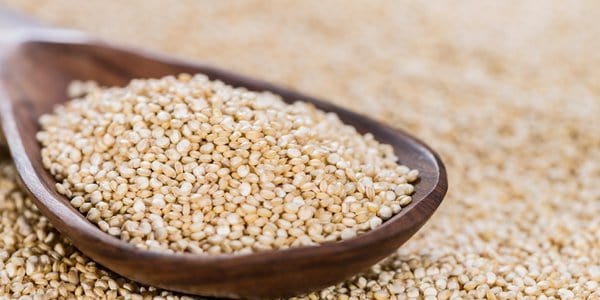
The best substitute for bulgur wheat is undoubtedly quinoa. It is gluten-free and rich in nutrients. This cereal seed is a healthy alternative for people with celiac disease or those looking to cut down on their gluten intake.
Since it has a similar texture to bulgur wheat, you can use it in most dishes without any restraints. On the flavor side, quinoa is rather bland, much milder than bulgur, so you’ll have to experiment a little with seasonings if you are used to a rich taste. You can indulge in this substitute without any worries or guilt as it is a storehouse of nutrients, with all nine essential amino acids, including lysine.
How to substitute: You can substitute a cup of bulgur with a cup of quinoa. Just make sure to rinse the quinoa before cooking to get rid of its natural bitterness.
2. Rice
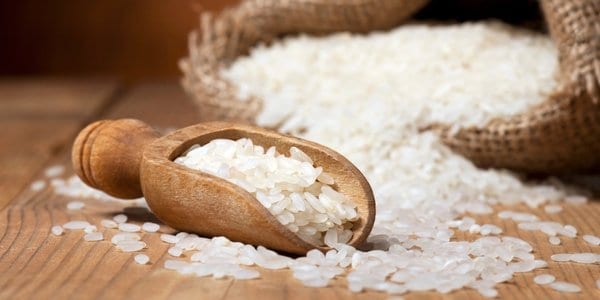
When it comes to accessibility, rice is the greatest alternative for bulgur. You most likely have a bag of rice in your pantry even if you don’t use a lot of grains or don’t have many different kinds at home. The neutral taste profile and wide range of use are what make this starchy cereal an excellent substitute for bulgur. You can choose to use either brown rice or white rice, depending on your preference.
If you want a healthier option, go for brown rice, as it retains the bran and germ layers during processing. Brown rice has a nutty flavor and a chewy texture, as opposed to white rice, which has a delicate texture. It also takes longer to cook due to the fibrous bran layer, which keeps the nutrient-rich germ intact.
How to substitute: You can use rice in most dishes that call for bulgur, one cup for one cup. The cooking time may be different, so make sure to check the rice package for instructions.
3. Couscous
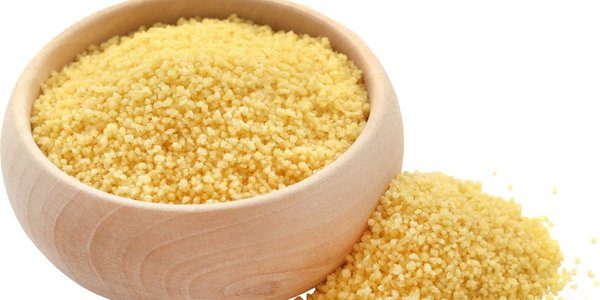
If you are looking for a quick and easy bulgur substitute, then couscous is your best bet. It is made from semolina flour and water, so it doesn’t contain any gluten- making it a top choice for those who have adopted a gluten-free lifestyle.
Couscous is also very versatile as it can be used in sweet or savory dishes since it takes on the flavors of whatever it is cooked with. You can experiment with different herbs and spices to find the flavor that you like best. This substitute is highly recommended for salads and side dishes as it is rich in vitamins and minerals.
How to substitute: When substituting couscous for bulgur, use 1 cup of couscous for every 1 and 1/2 cups of bulgur. The cooking time will be different, so make sure to follow the package instructions.
4. Polenta
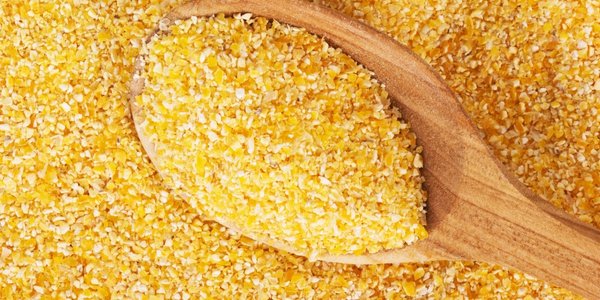
Cornmeal, or polenta as it is called in Italian, is a coarsely ground flour made from dried corn. It has a nutty flavor and a slightly granular texture. Polenta can be used to replace bulgur wheat in most recipes, although the taste will be different since polenta is made from corn while bulgur comes from wheat.
It is a preferred substitute by people who are on a weight-loss diet for two reasons; firstly, because it is a good source of fiber, so it will keep you feeling full for longer, and secondly because it has a lower glycemic index than bulgur wheat.
How to substitute: You can use 1 cup of polenta for every 1 and 1/2 cups of bulgur. Just make sure to cook the polenta for longer.
5. Buckwheat
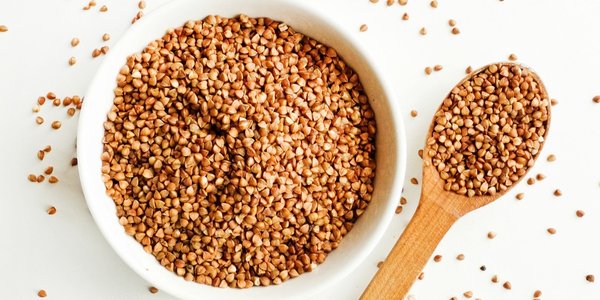
Buckwheat is a fruit seed that is often mistaken for a grain. It is gluten-free and has a nutty flavor. Buckwheat can be used as a substitute for bulgur in most recipes, although the taste will be different because buckwheat is not made from wheat, as ironic as it sounds.
The good thing about using buckwheat as a substitute is that it is rich in fiber, so it will keep you feeling full for long hours without taking in too many calories. Buckwheat is also a good source of protein and vitamins, making it a nutritious substitute for bulgur wheat.
How to substitute: You can use 1 cup of buckwheat for every 1 and 1/2 cups of bulgur. The cooking time will be different, so make sure to check the package instructions.
6. Millet
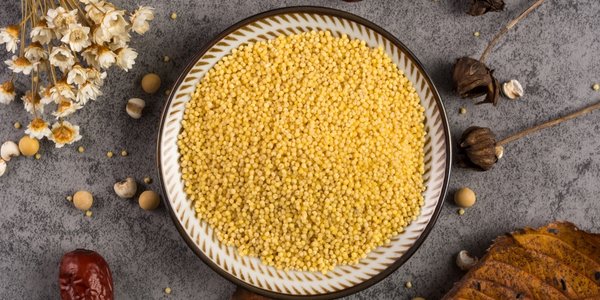
Millet is a gluten-free grain found in the drier regions of Africa and China. It is rich in vitamins and minerals. It has a nutty flavor and a slightly chewy texture. In most recipes, you can use millet as a substitute for bulgur wheat; however, be prepared for it to taste slightly differently because millet is not made from wheat.
The good thing about using Millet as a substitute is that it is very versatile as it can be used in sweet or savory dishes. Millet, like rice, is a hardy grain; it has a nutty flavor and firm texture.
How to substitute: You can use 1 cup of millet for every 1 and 1/2 cups of bulgur.
7. Amaranth
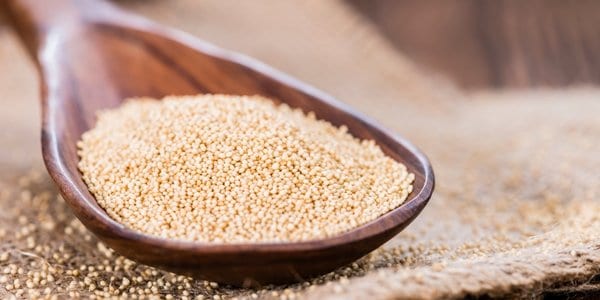
Amaranth is another fantastic grain that can be used to replace bulgur wheat. Even though it is not a widely known substitute grain, it is gluten-free and has a high protein content. Amaranth is a good source of fiber and vitamins, and it has a nutty flavor.
Like millet and buckwheat, this substitute is not made from wheat, so expect it to taste different from bulgur. When substituting bulgur for amaranth in salads, curries, and other dishes, keep in mind that amaranth also has peppery and herbal flavor notes as opposed to the nutty flavor of bulgur.
How to substitute: Use 1 cup of amaranth for every 1 and 1/2 cups of bulgur. It yields a 3:1 ratio so you will need one part of water for every three parts of amaranth.
8. Teff
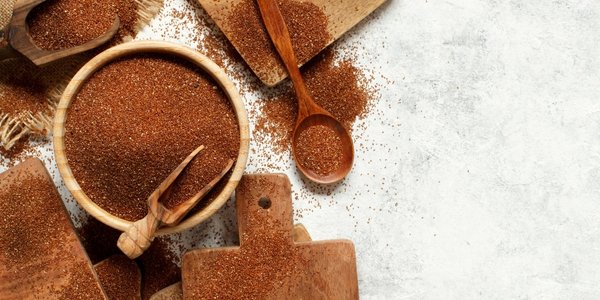
Teff is a gluten-free grain that is native to Ethiopia. even though it has been around for centuries, it has only recently become popular in the Western world. It has a high protein and fiber content, making it a nutritious substitute for bulgur wheat.
Teff also has a nutty flavor, similar to bulgur, but with a hint of sweetness. This particular grain is very versatile as it can be used in both sweet and savory dishes. When substituting bulgur for teff, keep in mind that teff cooks faster than bulgur, so you will need to reduce the cooking time. You can use it in pilafs, salads, and as a breakfast porridge.
How to substitute: You can use 1 cup of teff for every 1 and 1/2 cups of bulgur. The cooking time will be different, so make sure to follow the given instructions.
9. Farro
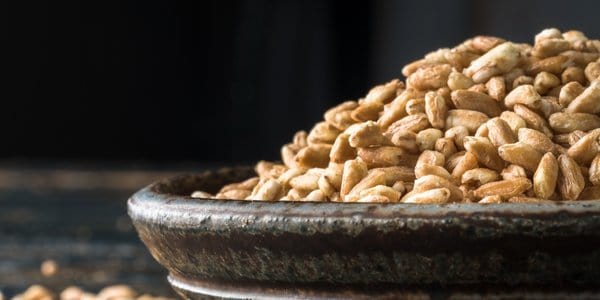
Farro is an ancient grain that has been prevalent in the Mediterranean region for centuries. It is a good source of fiber, protein, vitamins, and minerals. Farro has a chewy texture but is not as nutty as bulgur wheat. When substituting bulgur for farro, keep in mind that it takes longer to cook than bulgur wheat. You can use farro in salads and soups.
Even though it is not gluten-free, making it less ideal for those with dietary restrictions, it is a healthy and nutritious grain. Quinoa, rice, orzo, and couscous are all light and neutral-tasting alternatives.
How to substitute: You can use 1 cup of farro for every 1 cup of bulgur. The cooking time will be different, so make sure to follow the package instructions.
10. Cracked Wheat
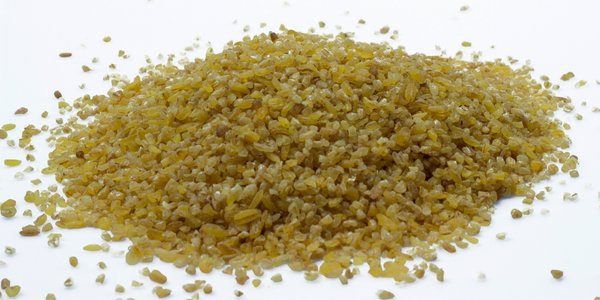
Cracked wheat is a kind of wheat in which whole-wheat berries are cracked into smaller pieces. It’s suitable for making multi-grain pieces of bread, pilafs, fillings, and breakfast cereals. It has a crunchy texture and a nutty flavor. Because of their comparable flavor and texture, cracked wheat may be used in place of bulgur.
It is unprocessed and takes longer to cook, whereas bulgur is precooked and takes less time to prepare. However, if you have whole wheat at home, it will taste wonderful. The texture of cooked whole wheat is rough and chewy, with a toasty flavor.
How to substitute: You can use 1 cup of cracked wheat for every 1 and 1/2 cups of bulgur.
11. Orzo
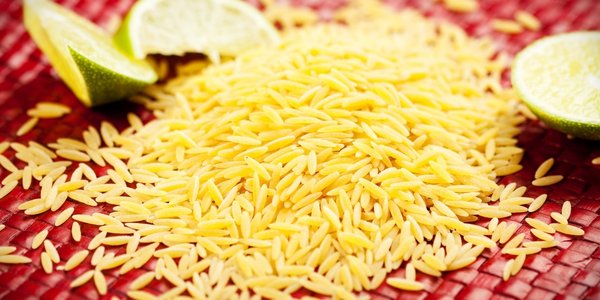
Orzo is a type of pasta that is shaped like a grain of rice. It is usually made from durum wheat, but it can also be made from semolina or whole wheat. This particular substitute has a nutty flavor and chewy texture, making it a good replacement for bulgur wheat.
Orzo isn’t as nutritious as bulgur, but it works well as a substitute since it has a neutral flavor profile. When substituting bulgur for orzo, keep in mind that it takes less time to cook. Orzo can be used in pilafs, salads, soups, or literally anything as it pairs well with almost all ingredients.
How to substitute: You can use 1 cup of orzo for every 1 and 1/2 cups of bulgur.
12. Barley
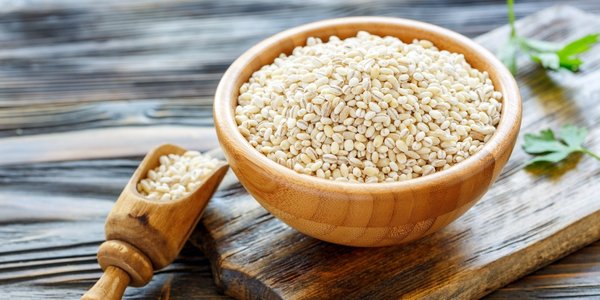
Another excellent substitute for bulgur wheat is barley. It is a whole grain that is rich in fiber and nutrients. Barley has a chewy texture and a nutty flavor, making it a great replacement for bulgur in most recipes. You can use barley in pilafs, salads, soups, and stews.
It pairs well with almost all ingredients, making it a versatile grain. Barley takes about 25 minutes to cook and longer if you keep the heat low. Three cups of cooked barley may be obtained from a cup of uncooked barley.
How to substitute: You can use 1 cup of barley for 1 cup of bulgur wheat. It has the same texture and flavor, making it a perfect replacement.
The best thing about these bulgur substitutes is that they all have a similar texture and flavor to bulgur wheat. While some of them are more nutritious, some less, all of them are perfect for dishes in which bulgur is the main ingredient. With that said, feel free to experiment with these substitutes in your favorite recipes.

